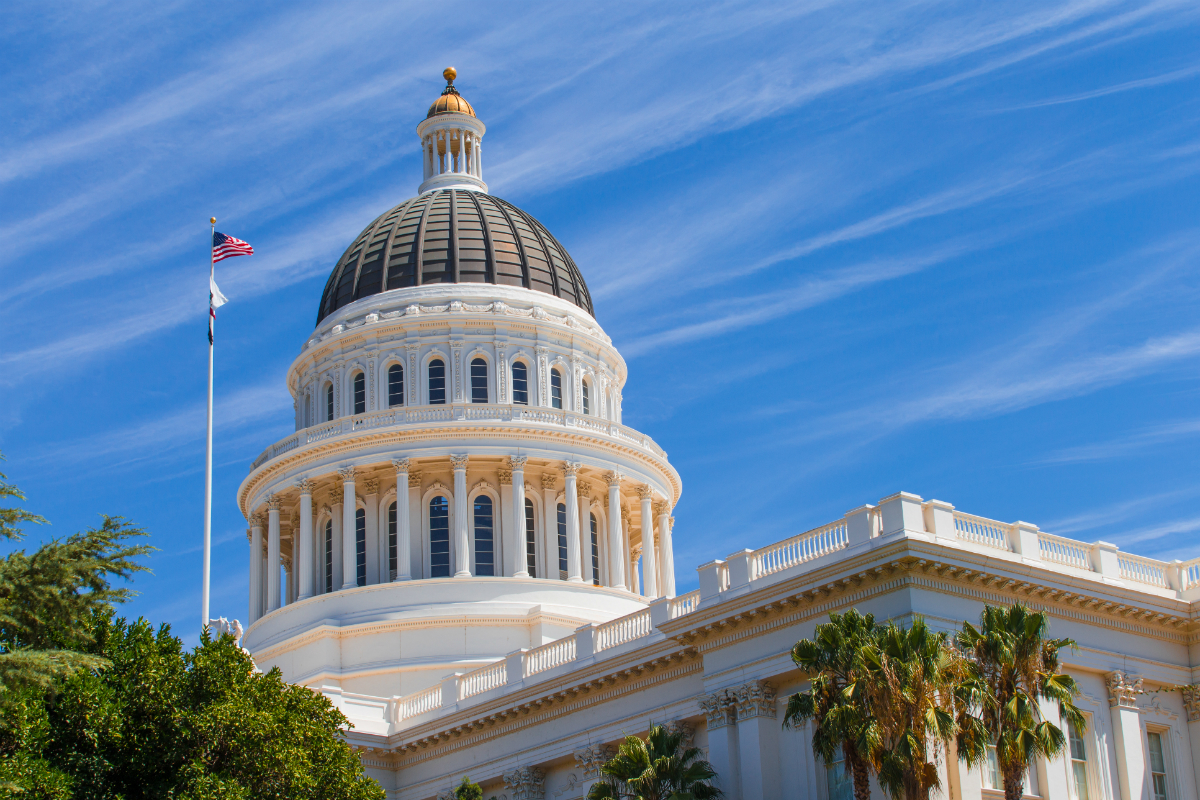After four days of vote counting and an election year like no other, the 46th president of the United States is Joseph R. Biden. Current President Donald Trump is expected to challenge several aspects of vote counting in courts following the call by the Associated Press on Saturday, Nov. 7. As the education community looks toward a new presidency, questions swirl around who will be the next U.S. Secretary of Education and just how much a Democratic president and Republican Senate can accomplish together. Meanwhile, in California-specific results, all three education-related propositions on the ballot likely failed to pass.
In good news for local educational agencies across the state, however: 55 school districts had general obligation bonds for school facilities revenue going before voters, and the overwhelming majority, from San Diego to Siskiyou County, were approved. This is a marked turn of events from the March 2020 election, when school bond measures failed at a rate never before seen in this state. In a CSBA analysis of 56 school bond measures, about 80 percent were approved by voters.
“The poor results in the spring election caused some people to speculate that the public was turning against more funding for public education,” said CSBA Chief Information Officer Troy Flint. “I think what we see with these latest results is that the public remains very supportive of public education if presented in the right manner and money is being directed toward useful purposes.”
Biden’s education platform
Biden’s education platform has five key areas:
- Support educators by giving them a competitive wage and benefits; investing in teacher mentoring, leadership and professional learning; student loan assistance for teachers
- Invest in resources for schools by tripling funding for Title I and requiring districts to use these funds to offer educators competitive salaries and make other critical investments prior to directing the funds to other purposes; doubling the number of psychologists, counselors, nurses, social workers and other health professionals; expand the community school model; and investing in upgrading school facilities
- Ensure that no child’s future is determined by their zip code, parents’ income, race or disability by eliminating the funding gap between white and non-white districts, and rich and poor districts; improving teacher diversity through more innovative approaches; building new schools in low-income communities; reinstate the Obama-Biden Administration’s actions to diversify schools; and fully fund the federal portion of the Individuals with Disabilities Education Act within 10 years
- Provide every middle and high school student a path to a successful career by investing in vocational training and partnerships between high schools, community colleges and employers; and creating more opportunities for high school students to take practical classes that lead to credentials
- Start investing in our children at birth by providing high-quality, universal pre-kindergarten for all three- and four-year-olds; provide early childhood development support to families where they are most likely to access it — the pediatrician’s office; and expand home visiting under which health and child development specialists make consistent, scheduled visits to help parents through the critical early stage of parenting.
Propositions
Californians voted on three education-related propositions and, as of press time, it seems they have rejected them all. (Percentages reported below are tallies as of Nov. 7, 2020).
Proposition 15: Schools & Communities First initiative. When voters passed Proposition 13 in 1978, they dramatically shrank the funding base for public schools and community colleges in California by allowing landowners to pay taxes based on a property’s original purchase price instead of its market value. Prop. 15 would expand that base again by assessing commercial property tax based on market value for businesses that own California property worth more than $3 million, while allowing homeowners to keep their tax breaks. The tax change could generate up to $4.6 billion in new funding for K-12 schools (89 percent) and community colleges (11 percent), according to the state Legislative Analyst’s Office estimates. To give assessors time to re-evaluate properties, revenue will be gradual and funds will begin to be received in the 2022–23 school year, with full implementation in 2025–26. Proposition 15 was failing at press time with 51.9 percent ‘no’ votes.
Prop. 16: Affirmative Action. Prop. 16 would once again have allowed public colleges to consider race, gender, ethnicity and national origin in admissions and hiring decisions, reversing a constitutional amendment banning the practice in 1996 when voters passed Prop. 209, has failed. Enrollment of Black, Latino and Native American students dropped by an average of 12 percent across the University of California system, according to the university, and while numbers have rebounded somewhat since, those groups are still underrepresented at UC compared with their share of California’s population. Prop. 16 failed with 56.5 percent ‘no’ votes.
Prop. 18: 17-year-old voters. Prop. 18 would allow 17-year-olds who will be 18 at the time of the general election to vote in the state primary and special elections. Supporters argue that this will allow young people to vote on important matters that directly affect them. Some studies have shown that people who vote from a young age are more likely to continue voting and that 17-year-olds score as well on civic knowledge as voters in their early 20s. Eighteen states have similar measures in place, according to the National Conference of State Legislatures. Prop. 18 failed with 55.5 percent ‘no’ votes.




